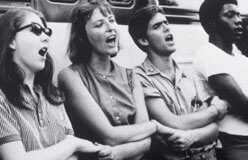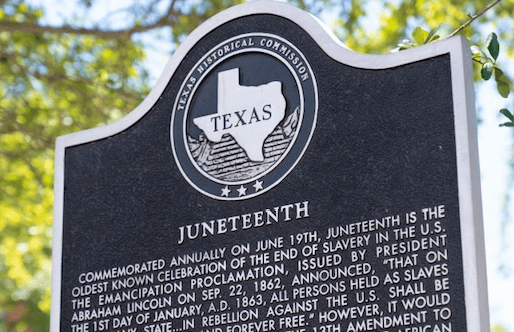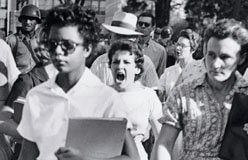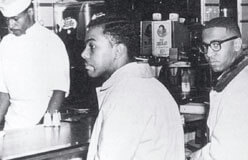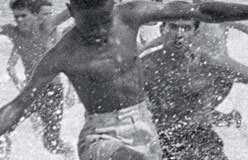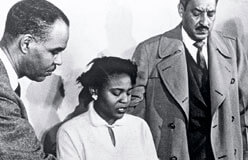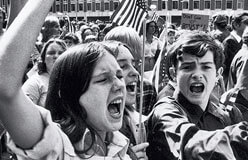Protests against segregation grew during World War II (1939–1945).
African Americans fought bravely in segregated military units abroad. Yet they came home to find only the lowest paying jobs. Membership in the NAACP went way up. And labor leader A. Philip Randolph threatened to head a march on Washington to protest discrimination in the military and in jobs. After the war, African Americans kept asking the government to ensure their constitutional rights. The civil rights movement was born.
